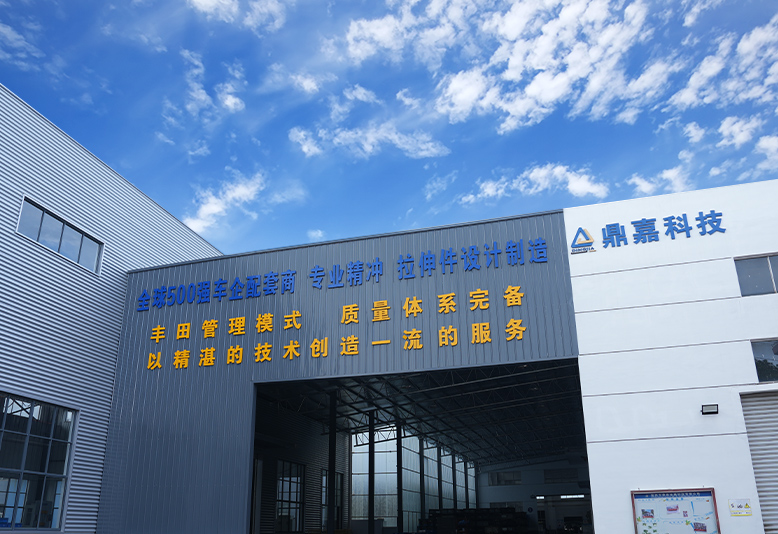How Heat Treatment Enhances Performance and Reliability of Non-Ferrous Metal Stamping Parts
In the manufacturing of non-ferrous metal stamping parts, heat treatment plays a crucial role in improving both material properties and product performance. Although stamping is primarily a cold-forming process, applying controlled heat afterward can significantly enhance the strength, ductility, and conductivity of aluminum and copper components. This step is particularly important for industries where precision and durability are non-negotiable, such as electronics, automotive, and aerospace. Manufacturers who understand how to integrate heat treatment effectively into their workflow can offer parts that not only meet but exceed demanding operational standards.
Aluminum alloys, for instance, respond well to aging and solution heat treatments, which refine their internal grain structure and optimize mechanical performance. A stamped aluminum part used in structural or enclosure applications can benefit from age-hardening, resulting in higher tensile strength and better resistance to fatigue without compromising weight advantages. On the other hand, copper and its alloys may undergo annealing to reduce work hardening after stamping, restoring formability and ensuring the electrical conductivity required in connectors and terminals. By tailoring the post-processing approach to the base metal, manufacturers can deliver components with precisely the right balance of properties.
For non-ferrous stamped parts, the choice and timing of heat treatment are not one-size-fits-all decisions. Factors such as alloy composition, part geometry, stamping pressure, and intended application must all be considered. A poorly timed or incorrectly executed heat cycle can lead to distortion, uneven hardness, or even micro-cracking, which could compromise the entire production batch. This is why experienced stamping providers typically design the heat treatment stage in close coordination with die design and material selection, ensuring a consistent and repeatable outcome throughout the production run.
In many cases, progressive stamping operations produce parts that are immediately transferred to inline heat treatment zones, reducing handling time and contamination risk. This type of integrated setup is especially useful when working with sensitive non-ferrous metals that may oxidize or lose conductivity if left exposed for too long. Advanced temperature control systems and thermal modeling tools now allow precise regulation of cycle parameters, ensuring each stamped component receives optimal exposure without overprocessing.
From a quality assurance perspective, heat treatment also contributes to improved dimensional stability and tighter tolerances. When stamping high-volume non-ferrous metal stamping parts, even minor shifts in material behavior can lead to unacceptable variations. By stabilizing internal stresses through thermal treatment, manufacturers reduce post-stamping deformation, helping parts maintain their intended shape and fit. This reliability is a key selling point for OEMs looking to minimize assembly time and avoid costly downstream issues.
While many buyers focus first on material specs and dimensional data, savvy procurement professionals understand the hidden value of expert thermal processing. For businesses sourcing non-ferrous metal stamping components, working with a supplier who offers in-house or tightly managed heat treatment capabilities can translate into longer-lasting, more consistent parts. Whether it’s improved fatigue resistance in aluminum brackets or enhanced conductivity in copper contacts, heat treatment directly impacts end-use performance.
In a competitive market where the smallest edge can drive long-term partnerships, we see the integration of proper heat treatment as not just a technical requirement but a hallmark of a capable, quality-focused manufacturer. When sourcing non-ferrous stamping parts, don’t underestimate the importance of what happens after the press — it’s often where performance is truly forged.










